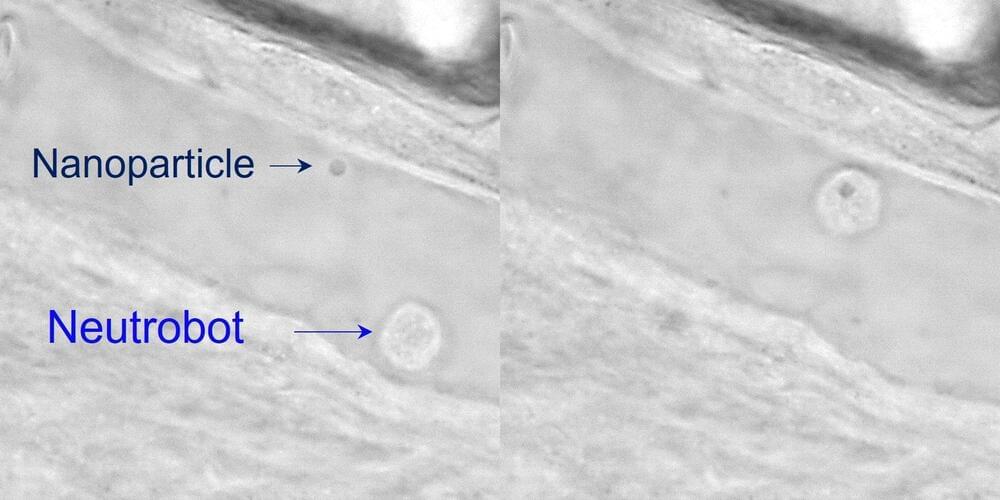Scientists have demonstrated that a brain-penetrating candidate drug currently in development as a cancer therapy can promote regeneration of damaged nerves after spinal trauma.
The research used cell and animal models to show that when taken orally the candidate drug, known as AZD1390, can block the response to DNA
DNA, or deoxyribonucleic acid, is a molecule composed of two long strands of nucleotides that coil around each other to form a double helix. It is the hereditary material in humans and almost all other organisms that carries genetic instructions for development, functioning, growth, and reproduction. Nearly every cell in a person’s body has the same DNA. Most DNA is located in the cell nucleus (where it is called nuclear DNA), but a small amount of DNA can also be found in the mitochondria (where it is called mitochondrial DNA or mtDNA).








